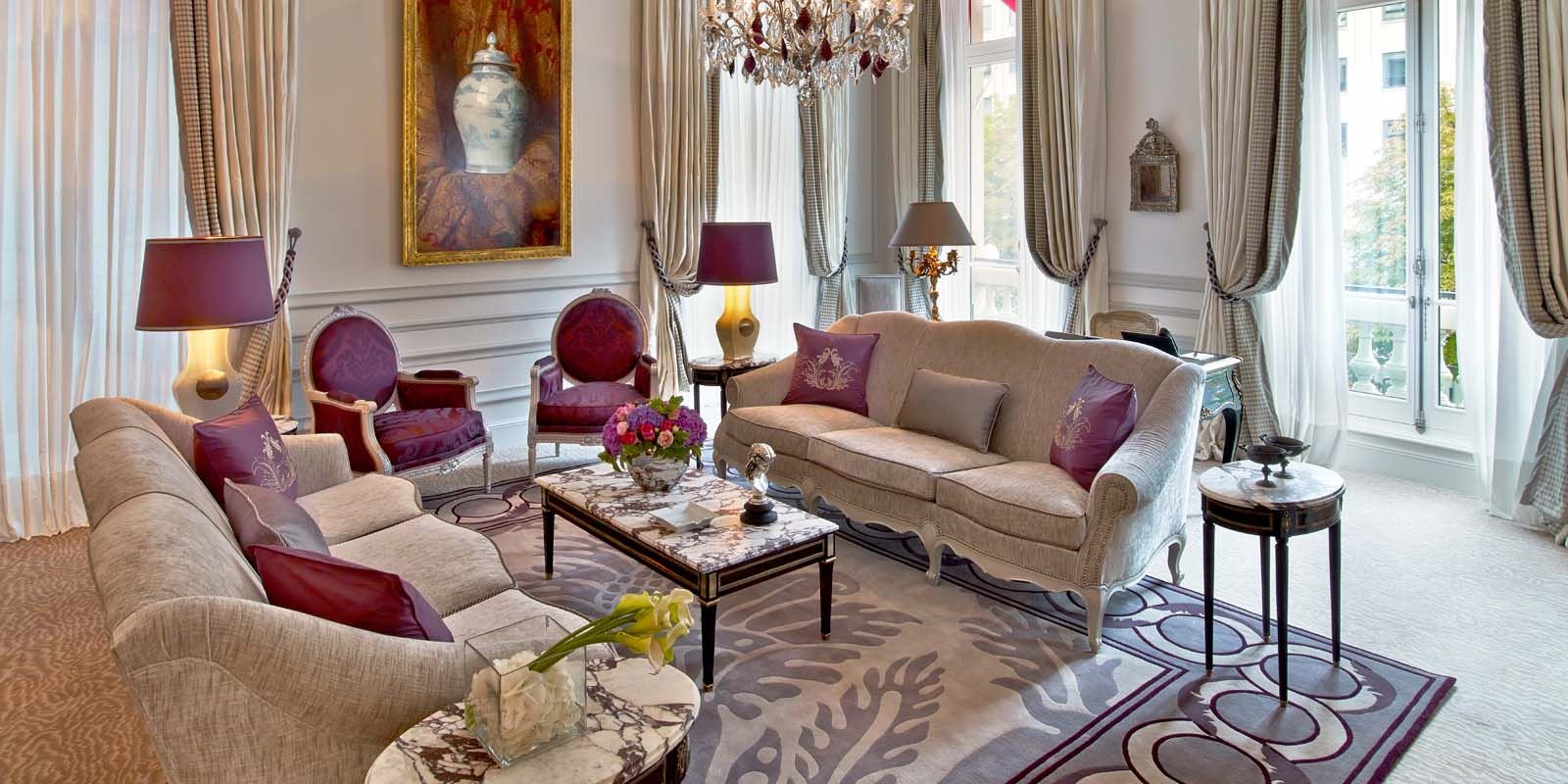
Renovation of the Plaza Athénée hotel
One of the great challenges for PLENDI by VINCI Construction has been the renovation of the so Parisian, so emblematic, and so chic Plaza Athénée.
It was an extensive and challenging renovation as the four surrounding buildings needed to be connected to the existing original building.
Renovation of the Plaza Athénée: extension of four buildings constituting the historic luxury hotel
The hotel, which had been awarded the French palace rating in 2011, had, in view of its extension, acquired adjoining buildings to considerably enlarge its surface area to 5,500 square metres.
Three private lounges have been created, the gallery has been redesigned, the interior courtyard has been refurbished, and 14 rooms and suites have been added. The hotel now has 208 rooms instead of 194. And at the same time the entire historic figure of the century-old hotel (built in 1911) received a makeover.
During these works, architect Jean-Jacques ORY was chosen to renovate the hotel with its emblematic red blinds and geraniums and three interior designers were entrusted with very different tasks for the decoration.
Marie-José Pommereau was in charge of the new suites and rooms, inevitably in harmony with the previous ones as she had also designed them. On the first six floors of the hotel, the rooms are in a classic French style with Regency, Louis XV, and Louis XVI style furniture. The last two floors are in Art Deco style. Some suites have a view of the Eiffel Tower, including the Royale suite, the 450 square metres of which makes it one of the most spacious in the capital.
Bruno Moinard worked on the public areas, creating private rooms in new spacious areas with a ballroom feel.

Plaza Athénée, suite
Patrick Jouin and Sanjit Manku were chosen to work on the Alain Ducasse restaurant at the Plaza Athénée (3 Michelin stars) and the Le Bar du Plaza. They had already worked on the previous design. The two interior design projects are splendid and these unique places give customers an extraordinary experience. The restaurant is the epitome of elegance, combining modernity and classicism which enhances the culinary experience. ‘The space is designed in line with Alain Ducasse’s natural cuisine and his concern for perfect hospitality. First by highlighting the nature of the materials … Then by organising the space so that customers have an experience that is both extraordinary and very intimate’. explained Patrick Jouin. It included iconic bells! They serve as seats, concealing the chairs, providing an amazing visual effect while being reminiscent of kitchen bells. These works of art required over 3,500 hours of work.
Proof of PLENDI’s expertise
One of the big challenges of this project was the short period for the works. The hotel had to close during the works, but management wanted to do everything to keep on its employees, who are essential to the success of this establishment. Over 100 employees had worked for the establishment for more than twenty years, and thirty others had been there more than thirty years. PLENDI by VINCI Construction completed the works in just eleven months.

